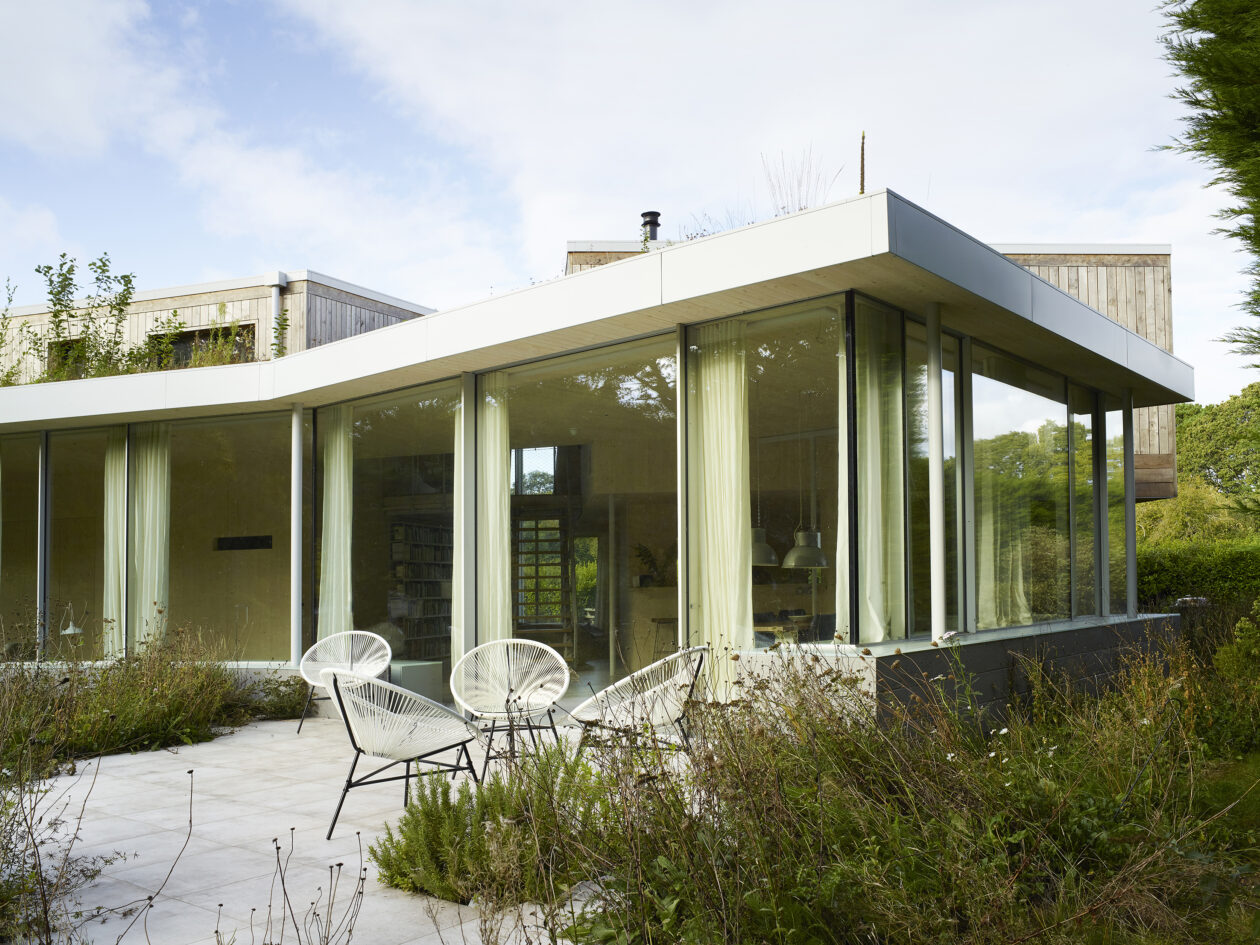Virtual Giant Dolls House
March 2020
In this unusual time, we are all acquainting ourselves with new restrictions on our personal space and community. Being in a confined space on your own is difficult. Being with your loved ones for over a month is, whilst a blessing, also tiresome at times; it is for this reason that the Giant Dolls’ House is providing a welcome activity to help fill your days!
Through making a dolls’ house in a shoebox, we hope to bring a little fun and creativity into your life whilst showing the importance of community and support in times such as these. All you have to do is find a box (it doesn’t have to be a shoebox!) and decorate it in a way which reflects your experiences, emotions and surroundings in times like these. Along with your box, write a little story, or explanation about it and why you chose to decorate it as you did – we love hearing about your experiences!
For this installation of the Giant Dolls’ House, however, we are going virtual. So, when you’ve finished it, post it onto your social media, tag us, and then we will take your box and bring it together into one big socially distanced, self-isolated, disinfected community ! Instructions will be on the website and social media.
The Times Magazine features Burwood
Words: Dominic Bradbury Photographs: Rachael Smith
February 2020
When it came to choosing the perfect spot for a new family home, the coastal lowlands around Chichester Harbour pulled on Catja de Haas’s heartstrings. This hinterland between land and sea reminded the Dutch architect of her childhood back in the Netherlands, so West Sussex and its landscape represented a curious kind of homecoming.
The Times Magazine features Burwood
February 2020
When it came to choosing the perfect spot for a new family home, the coastal lowlands around Chichester Harbour pulled on Catja de Haas’s heartstrings. This hinterland between land and sea reminded the Dutch architect of her childhood back in the Netherlands, so West Sussex and its landscape represented a curious kind of homecoming.

RUYA MAPS — Episode 4: Childhood
January 2020
This episode takes a different turn in its approach to heartbreak, rather than look at romantic or political loss it explores nostalgia for a lost time. Our earliest experiences of heartbreak can be traced to childhood, a period that we cannot return to.
Refurbishment of House in Wandsworth
January 2020
This south London house has undergone a complete transformation, whilst retaining and restoring original features.
Two small bedrooms on the top floor are separated with a curtain and have both a small loft room to retreat into. This reduces the height-perception of the house and reduces the load on the foundation. A small dormer houses a new small room with views over the city and under the eaves a second bedroom is located. The void space is used to hang netting to create hammocks.
The rafters in the cathedral ceiling have been left exposed and have been painted.
More images and information here.